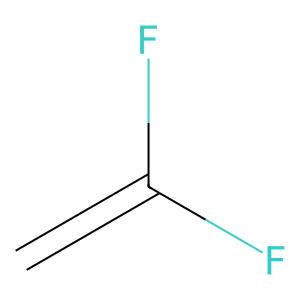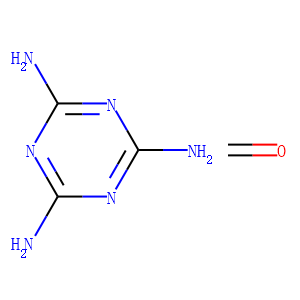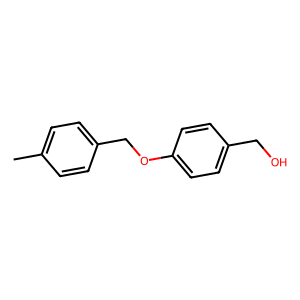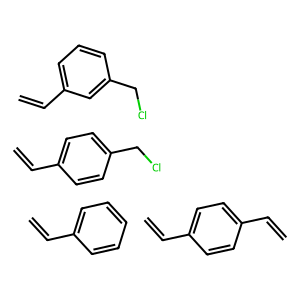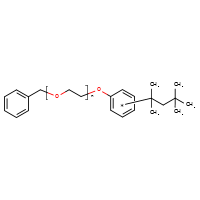Polymers
The polymer is a long-chain molecule or macromolecule constructed by connecting repeating chemical units. Each molecule of a polymer can be composed of hundreds, thousands, or even millions of repeating units. The advantage of polymers is that it is easy to form ideal shapes using a variety of techniques such as solution casting, melt molding, or machining. Therefore, the manufacturing cost of polymer-based implants is relatively cheap. Polymers can also react so that different chemical molecules can attach to the surface of the implant, making it more compatible with the surrounding environment of the body. Some polymers are biodegradable in the body. If used for short-term implantation, the advantage of these polymers is that the implant can be gradually biodegraded in the body after exerting its function, thereby reducing the possibility of any long-term complications. When classifying according to monomer; polymers can be divided into homopolymers, copolymers, alternating copolymers, random copolymers and block copolymers.


